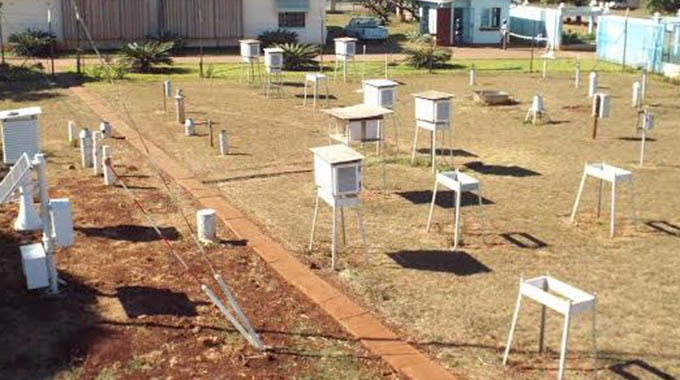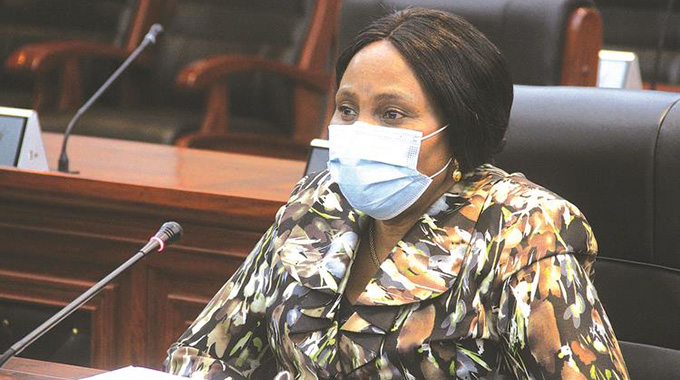No date set for regional climate forecast

Sifelani Tsiko Agric, Environment & Innovations Editor
No date has been set for a meeting of regional climate experts drawn from all 16 SADC member states to generate and develop a consensus outlook for the coming 2021 – 2022 rainy season, a senior forecaster says.
Meteorological Service Department (MSD) head of forecasting James Ngoma told the Herald in an interview that plans for the 25th Southern African Regional Climate Outlook Forum (SARCOF-25) were still underway but no date had been set.
“Dates have not yet been concluded but the meeting will be held virtually,” he said.
“It is going to be held online. We will keep you updated once it is finalised.”
Regional climate experts usually meet in July or August every year to disseminate the seasonal rainfall and temperature forecast for the coming cropping season.
This year, experts will hold the forum virtually due to the raging coronavirus pandemic.
After analysing climate data, weather experts are then expected to draw up a seasonal forecast which will be issued by the Sadc Climate Services Centre at the forthcoming main SARCOF meeting.
Last year, regional experts scored a hit, when the consensus forecast produced by the 24th Southern African Regional Climate Outlook Forum (SARCOF 24) correctly predicted that the bulk of southern Africa would receive adequate rainfall throughout the 2020 -2021 growing season.
This brought good cheer to the region which experienced less rainfall in the 2019 -2020 season resulting in adverse impacts on agriculture, water resources and hydropower generation in most of the region.
The 2020 -2021 outlook produced by regional climate experts forecasted that there would be “normal to-above-normal” rainfall across most of the SADC region between October 2020 and March 2021.
Zimbabwe and most other countries in the region got a good harvest during the 2020/21 agricultural season with the exception of parts in Angola and Madagascar.
The country is expecting to procure 1,8 million tonnes of maize and 200 000 tonnes of traditional grains, raking in a total of 2 million tonnes of grains – the highest bumper harvest in two decades, according to the Grain Marketing Board.








Comments